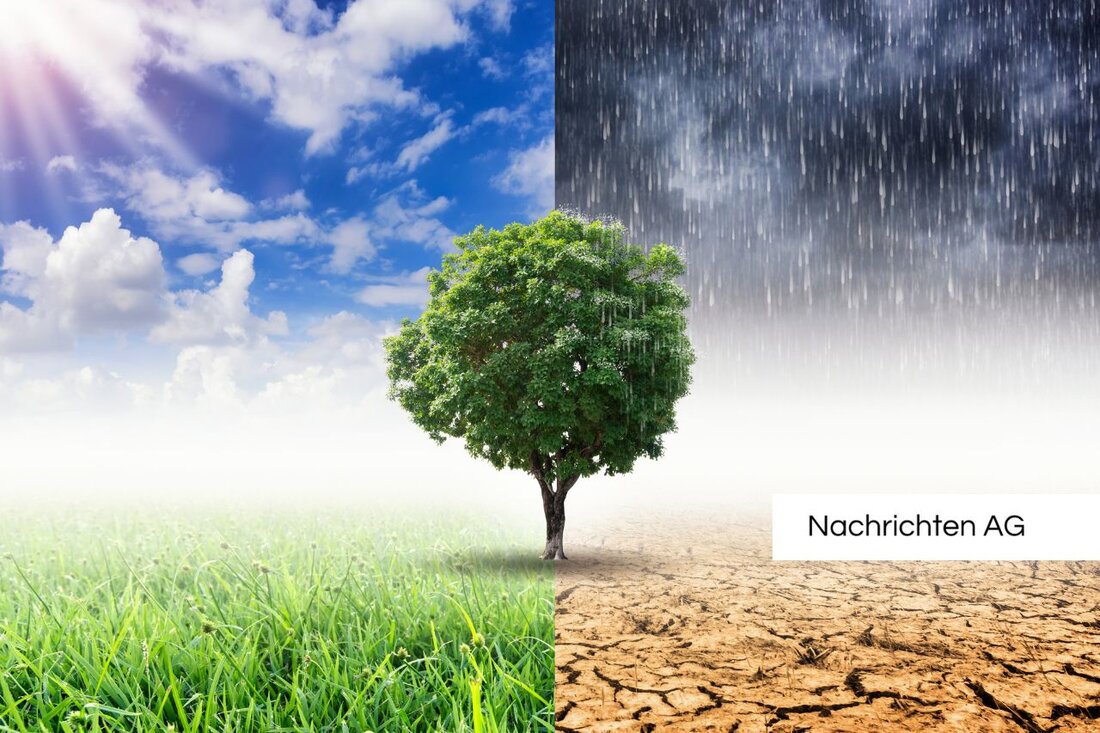Forest conversion in Brandenburg: departure to fire -resistant mixed forests!
Forest conversion in Brandenburg: departure to fire -resistant mixed forests!
Treuenbrietzen, Deutschland - in Brandenburg there is a drought in spring, which raises the risk of forest fire. It is pointed out that the current situation in the forests urgently requires new approaches. The ecologist Antje Bischoff, project manager of the research project "Pyrophob", explains the need to rethink monocultures in order to shape the forests more resistant to climate change and forest fires. The project, which is carried by eight environmental and research institutions, has been running since 2020 and ends on April 30, 2025. The central goal is to develop "fire-repellent" mixed forests.
Brandenburg has had to struggle with devastating forest fires in recent years. The largest fires occurred in Treuenbrietzen in 2018 with 400 hectares and 2019 in Jüterbog, where 800 hectares went up in flames. Before these incidents, there were no standardized procedures for dealing with fire areas, which revealed the knowledge gaps in fire prevention. Usual methods such as clearing and new planting are often not enough, as Förster Dietrich Henke demonstrates. He tried alternative approaches by leaving charred trees standing, using areas and using mulcht and own seeds. Such measures could be crucial for future forest management strategies.
The role of the dead wood
A central result of "pyrophobic" is the knowledge of the meaning of dead wood. Dead wood can contribute to the storage of moisture that acts as a wind brake and offers shadows, which prevents extreme temperature tips. Studies have shown that bare areas reach up to 50 degrees in summer and thus dry up newly planted pine trees. Similarly, Daniel Müller, the head of park management in the Berchtesgaden National Park, confirms that standing dead wood and larger lying stammer parts are flame retardant and contribute to the ground stability and the nutrient cycle. He sees no problem with dead wood, since forest fires are more triggered by dry grass and bushes.
However, the challenge is that the approach to handling dead wood varies greatly. In the Berchtesgaden National Park, bark beetle problems are not a source of increased risk of forest fire. Instead, existing management strategies already ensure that small -scale bark beetle gaps are formed that do not produce large deadwood areas. This is in contrast to the possibilities in Brandenburg, where the urban and rural owners in unison determine their forest management independently, often without guarantee that environmentally friendly practices are taken into account.
forest conversion and suggestions for improvement
Forest conversion in Brandenburg is being promoted, but the progress is left behind the expectations. A proposal to optimize forestry is the adaptation of the forest law to reward ecosystem services. It is becoming increasingly clear that mixed forests that contain more deciduous trees are necessary because leaves burn more than softwood. The "Pyrophobic" seminar series shows different perspectives, but offers uniform consensus on the negative effects of radical removal of dead wood and thus ignores the importance for biodiversity.
For the future of the forests in Brandenburg, patience and increased return to wilderness will continue to be required. Such measures can only be countered by the challenges of climate change and the associated forest fire threats, so that sustainable forest use is possible. You can find more information about research on this topic on Bgland24 and forest knowledge .
| Details | |
|---|---|
| Ort | Treuenbrietzen, Deutschland |
| Quellen | |


Kommentare (0)